Having hair that gets greasy almost immediately after washing, sticks to your head and looks dirty even though it's just been washed... it's frustrating. Especially since Hair is often associated with cleanliness And can actually enhance or tarnish our image.
Throughout the creation of LAO, I studied the biological mechanisms of the scalp and hair, I understood the long lists of ingredients of the products we use every day. And I share with you now as best I can this knowledge with a scientific eye .
Through this article, you will better understand and identify the causes of your oily hair , then read the best tips to finally regain a healthy and balanced scalp.
You will notice that, at LAO, We always distinguish between the scalp and the hair , because the two are fundamentally different, do not have the same needs or functions! Beautiful hair therefore means a healthy scalp and protected hair.
Understanding the causes of oily hair
Certain hair types are much more likely to grease quickly: fine hair . The oiliness you feel on your scalp is called sebum ; it is a secretion produced by sebaceous glands at the root of the hair. And let's not demonize sebum ! He is perfectly necessary for maintaining good scalp health and to the hair protection. Besides, he even has antibacterial properties.
However, in some cases, the scalp has abnormal sebum production. This mainly comes from internal factors (genetics, hormones, stress, illnesses ), but it can also come from external factors (unsuitable hair products, pollution).
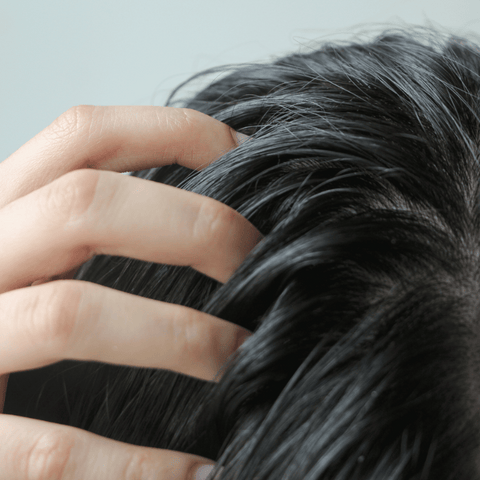
Hormonal factors and oily hair
A hormonal imbalance will strongly impact sebum production. This is mainly and very directly linked to one of these three factors: stress, pregnancy or age.
Hormones are chemical messengers which travel in the body through the blood vessels to reach tissues and organs . The messages sent concern metabolism, reproduction, growth and even mood.
The top 5 types of hormones are, in simplified terms:
-
Insulin : which regulates metabolism and blood sugar levels
-
There melatonin : which regulates the internet clock and dictates the quality of sleep
-
THE estrogens : female sex hormone, which affects periods and moods
-
There testosterone : produced in the ovaries and testicles, it is associated in women with libido, muscles, bone mass and fat cells
-
THE cortisol : stress hormone that can create all sorts of health problems when unbalanced
Consult a doctor can help you make a health check-up to see if your hormones are balanced, and if not, the origin of the imbalance.
Environmental factors: pollution and UV rays
There pollution (atmosphere, cigarette...) contributes to the oxidation of sebum and therefore to its deterioration , but will also stimulate its secretion. The sun's UV rays also have a clear role on the quality and quantity of sebum produced by the body.

The impact of diet on scalp health
Foods high in saturated fats and refined carbohydrates (sugars) can also promote excess sebum. Here's where they're primarily found:
-
saturated fats : red meat, cold meats, cheese, whole milk, cream, butter
-
refined carbohydrates : bread, white rice and pasta, biscuits, sweets, processed foods
Unsuitable hair products
It's always a question of balance, and when it comes to hair products, it's the same!
THE shampoo is crucial in your hair routine, because it is in direct contact with your scalp, which is alive and active like the skin on your face. If you strip it, it will become unbalanced. And overproduce sebum to compensate for damage to the skin barrier, usually covered by the hydrolipidic film.
There Most shampoos , whether synthetic or not, are made up of low-quality washing agents that do not respect the skin barrier. These washes, sulfates , are now quite well known and are easily recognized in compositions through their scientific names: Sodium Lauryl - Laureth Sulfate (SLS).
Symptoms and consequences of oily hair
How to recognize oily hair and differentiate it from greasy hair?
First of all, Differentiate between oily and greasy hair . Oily hair is noticeable because the scalp is shiny and sticks a little to the scalp and forehead. Hair is greasy when it is very heavy and very, very oily, especially at the back of the head.
If your hair is sticky , this can come from a change of routine , such as switching from a liquid to a solid shampoo format or vice versa. They can also be saturated because you have applied too many oils or products containing silicones , synthetic film-forming agents.
Make a Detox is the solution to regain light hair after having greasy hair. Nothing could be simpler, do a clarification with baking soda added to your shampoo. This can be stripping and should be left as an occasional precaution.
The side effects of oily hair
When the roots are saturated with sebum, it can create irritations and itching on the head .. and dandruff , or even scabs! We recognize the oily dandruff because it sticks to the head.
This may also be due to a seborrheic dermatitis , a common inflammatory skin disease . Your dermatologist may prescribe an antifungal shampoo to treat this.
Common Mistakes to Avoid with Oily Hair
Washing your hair too frequently... or not enough
Besides choosing the wrong shampoo, the washing frequency can also make your hair greasy. Washing your hair too frequently, every day for example, and even more so with a stripping shampoo , can excite the sebaceous glands and create a vicious circle. The ideal frequency? Every 2 to 3 days.
Paradoxically, not washing your hair enough no longer can create problems much more annoying than having greasy hair! Indeed, if you let accumulate too much sebum on your roots and you delay removing it, it can irritate the scalp , which will react by creating pimples, peeling, itching and sometimes even scabs.
Use a shampoo rich in oil or silicone
Besides the washing aspect, what will be decisive are: the conditioning ingredients in the shampoo . Here, we are not talking about the mask and the conditioner, because these are only applied to the lengths and especially not to the roots.
Too rich a shampoo will, immediately, wash, but above all Cover the hair near the roots with a film that will weigh it down after 1 to 2 days . Silicones, but also oils, affect your hair and will give the impression of having greasy hair.
Touching your hair too often
The strands around the face tend to be much oilier than the rest of the head. Touching your hair too often can transfer oils and dirt from our hands to our hair !
Shampooing your hair incorrectly
When everything is going well, when we have the right products... sometimes it's simply the way we use them that isn't right! systematically wash your hair twice :
-
the first wash will remove dust
-
The second wash will remove excess sebum and leave the hair very clean.
Pay particular attention to the back of the head. under the hair, massaging well for 2 minutes with the pads of your fingers for clean hair. As for drying, forget about using a hair dryer that's too hot!
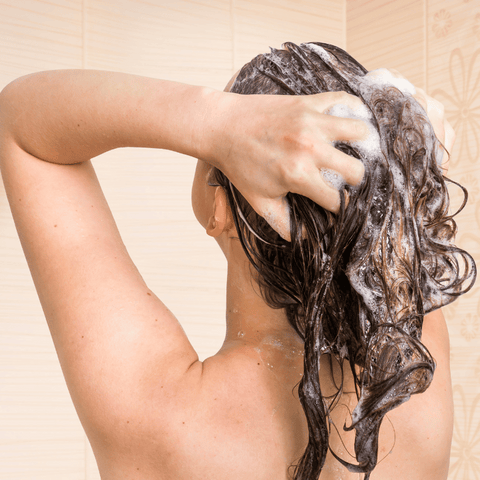
Effective solutions for oily hair
Choosing the right shampoo for oily hair
The best combo for oily hair will be a gentle sulfate-free shampoo which will contain many active ingredients known for their sebum-regulating effects . This is the case of LAO Purifying Shampoo : a gentle and caring formula, specifically for oily hair.
THE Purifying shampoo , LAO best seller, is:
🚿 Gentle scalp wash (89%*) sulfate-free thanks to 3 sugar derivatives.
🌿 95%* Purifies the scalp thanks to its high concentration of nettle hydrosol.
✨ Makes hair softer (74%*) thanks to an oil-free, very light conditioner.
And as a bonus, for sensitive scalps: 79% Less dandruff.*

To find out which shampoo is best for your hair, and get a complete assessment and personalized recommendations , do it LAO diagnosis !
If you are new to natural shampoos, know that This one foams very well!
Protect your hair from UV rays and pollution
You've definitely come to the right place! After 2 years of research and development, LAO has filed a first patent which attests to the protective effect against UV and pollution (+ fine particles) of LAO shampoos . From the first use, the hair fiber is protected by +50% thanks to our technology based on hemp seed proteins.
Natural care to balance the scalp
Some natural remedies have long been known for their effectiveness on oily scalps. You can occasionally apply a green clay mask on your scalp, mixing a little water with clay powder. Leave on for about 30 minutes but no longer, because the clay must not dry out !

By mixing one part apple cider vinegar to 5 parts water, you will get a lotion with anti-oily hair properties ! The acidic pH of the vinegar will help rebalance sebum... and will also make hair shine!
Foods to eat to stop having greasy hair
Some foods rich in protein, B vitamins, zinc and omega 3 fatty acids can help regulate sebum production. Here's where to find them:
-
proteins: lean meat (turkey, chicken), fish, eggs, legumes
-
B vitamins: bananas, almonds, brewer's yeast, green leafy vegetables, fruits
-
Zinc: seafood, nuts, seeds
-
Omega 3 fatty acids: oily fish (salmon), nuts, seeds
In conclusion...
Having oily hair is not not inevitable ! As we have seen, it is essential to take stock to understand the origin of your oily hair, and to gradually implement better healthy habits!
Sources
Dr. Ruenger, T. The MSD Manual. Seborrheic dermatitis [Online] Available on: https://www.msdmanuals.com/professional/dermatological-disorders/dermatitis/seborrheic-dermatitis
Verschoore, M., & Saint Léger, D. Dermatological Therapeutics. Physiology of Human Skin [Online] Available at: https://www.therapeutique-dermatologique.org/spip.php?article1365
Arai, K., & Inoue, M. (2006). The effect of diet on sebum production. Journal of the American Academy of Dermatology, 54(5), 886-892.
Blume-Peytavi, U., & Bettoli, V. (2012). Dietary factors affecting sebum production. International Journal of Dermatology, 51(12), 1439-1449.
Fitzpatrick, S., & Lebwohl, M. (2015). The role of diet in the management of seborrheic dermatitis. Journal of the American Academy of Dermatology, 73(2), 237-244.
*Self-assessment on 57 subjects with oily scalps, including 42 subjects with dandruff (women and men aged 25-40), for 28 days.
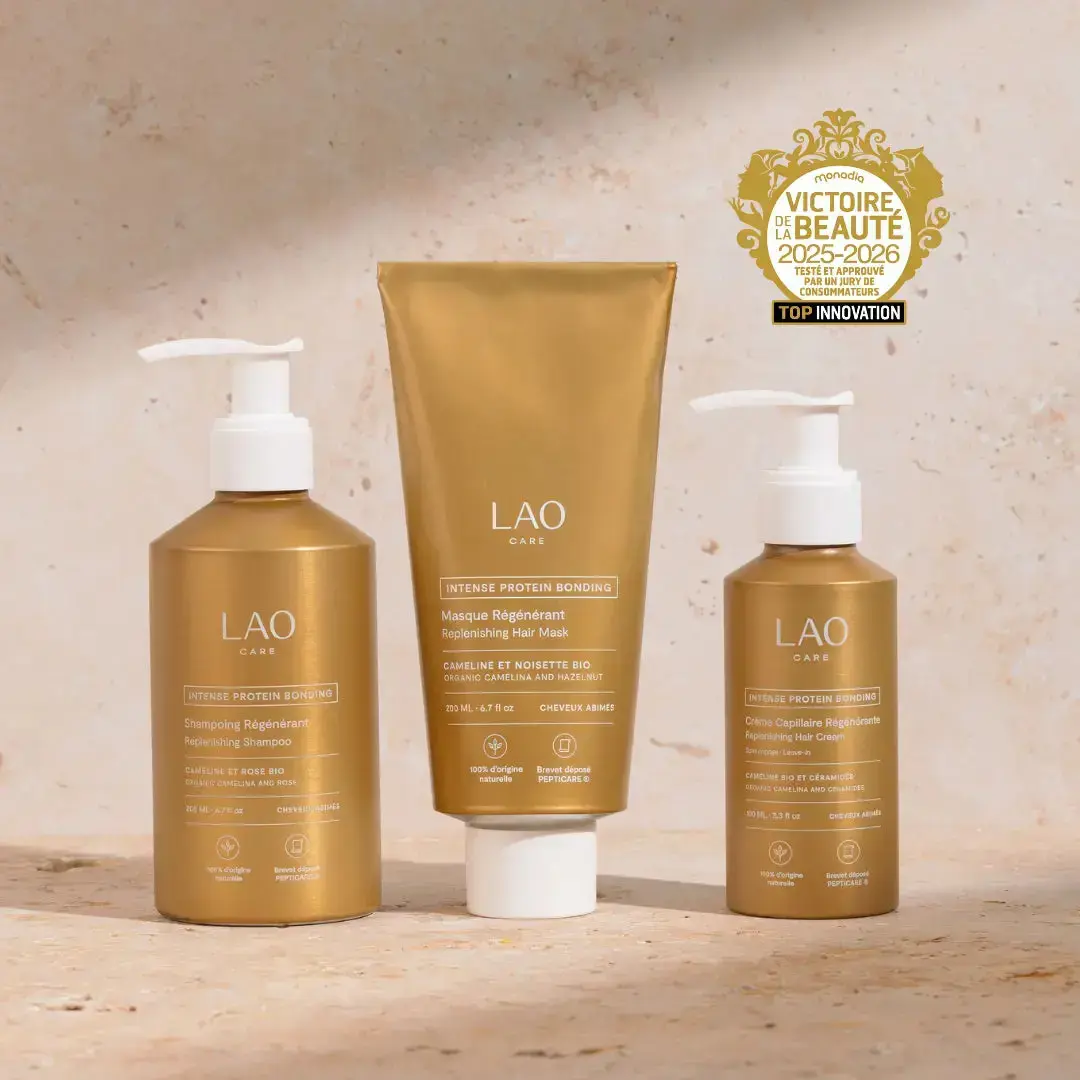
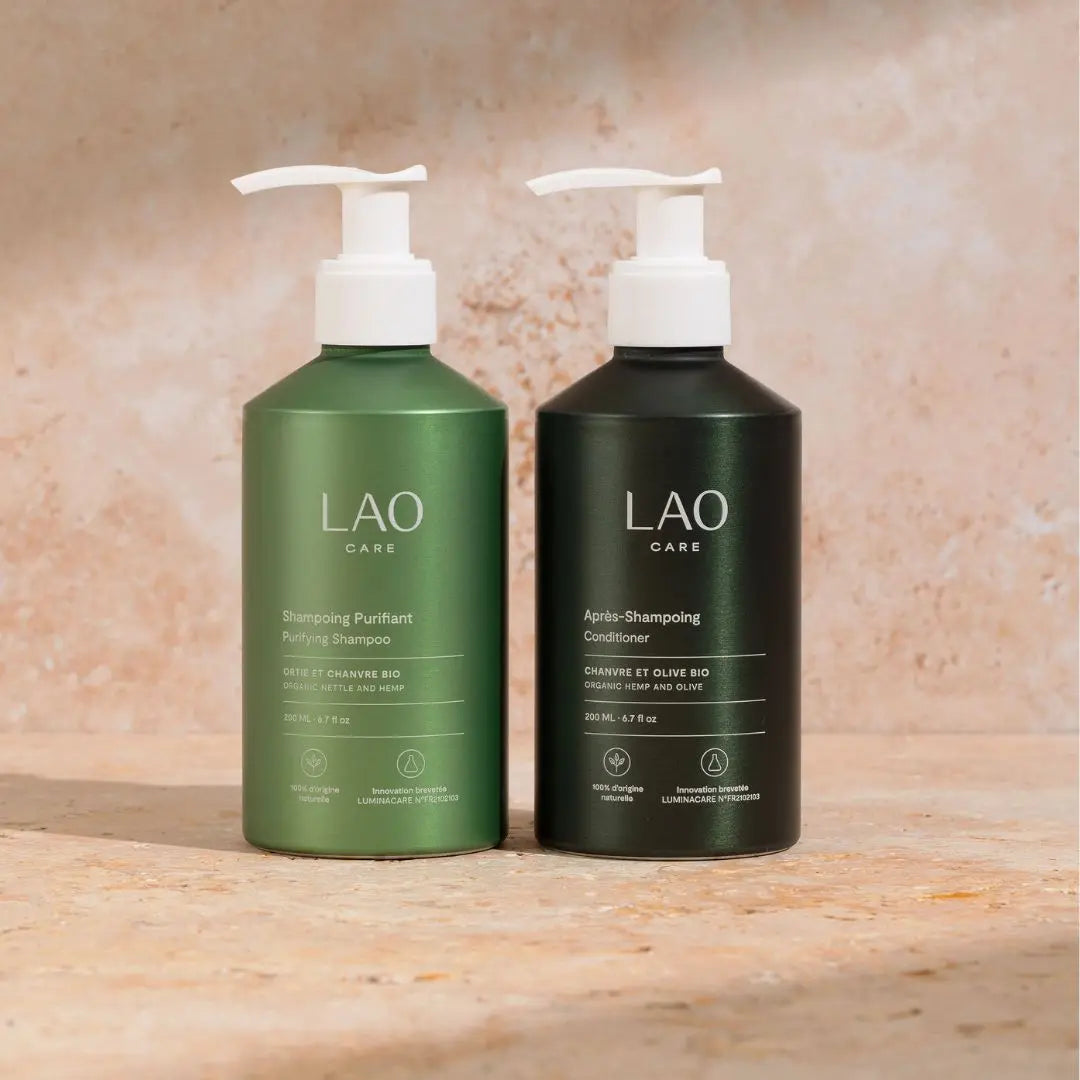
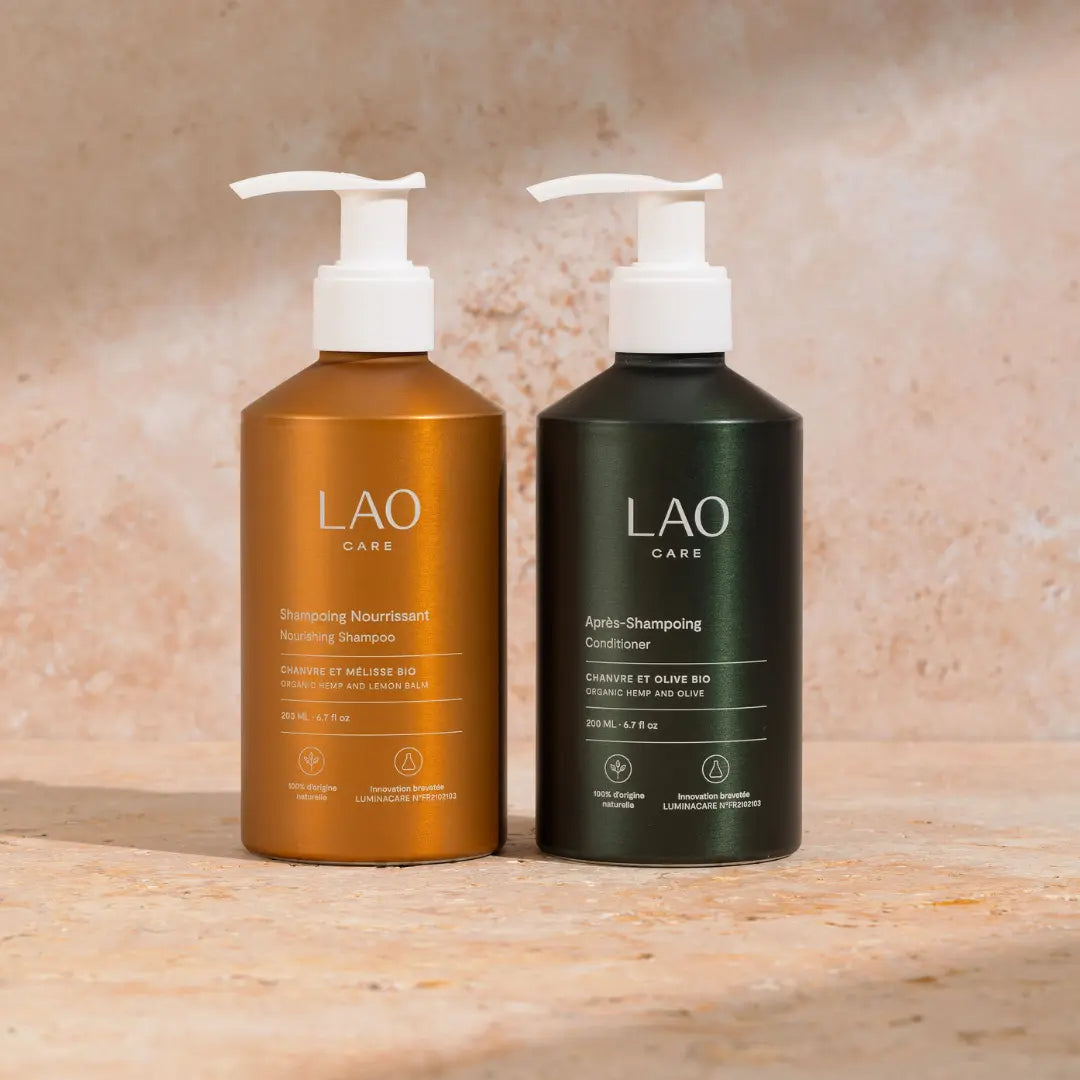

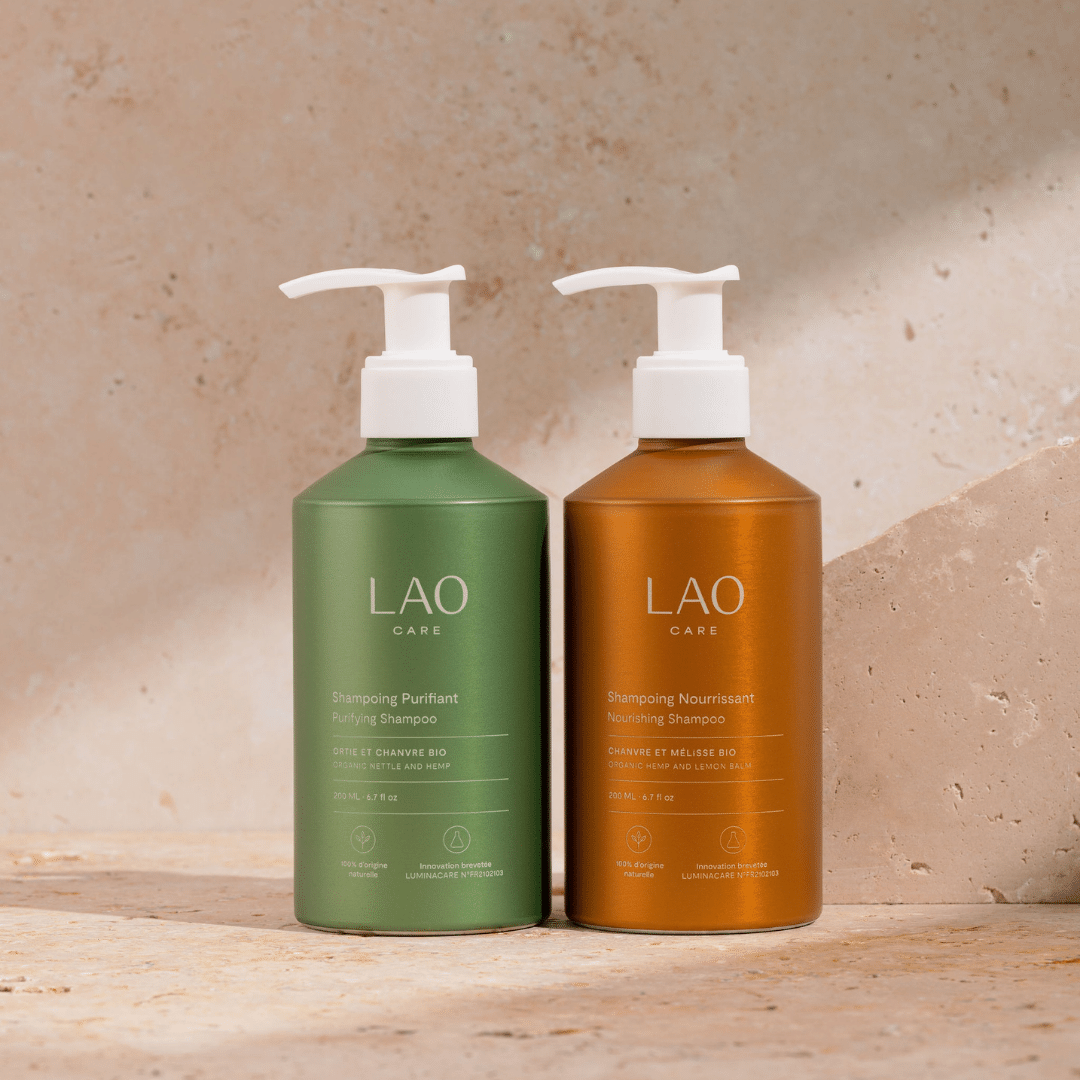
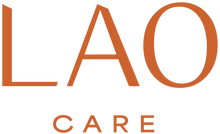
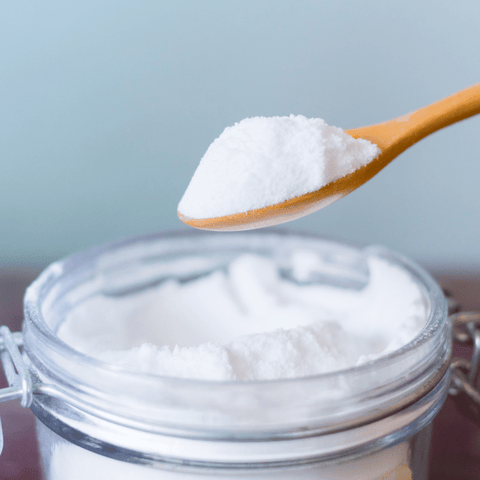
Leave a comment